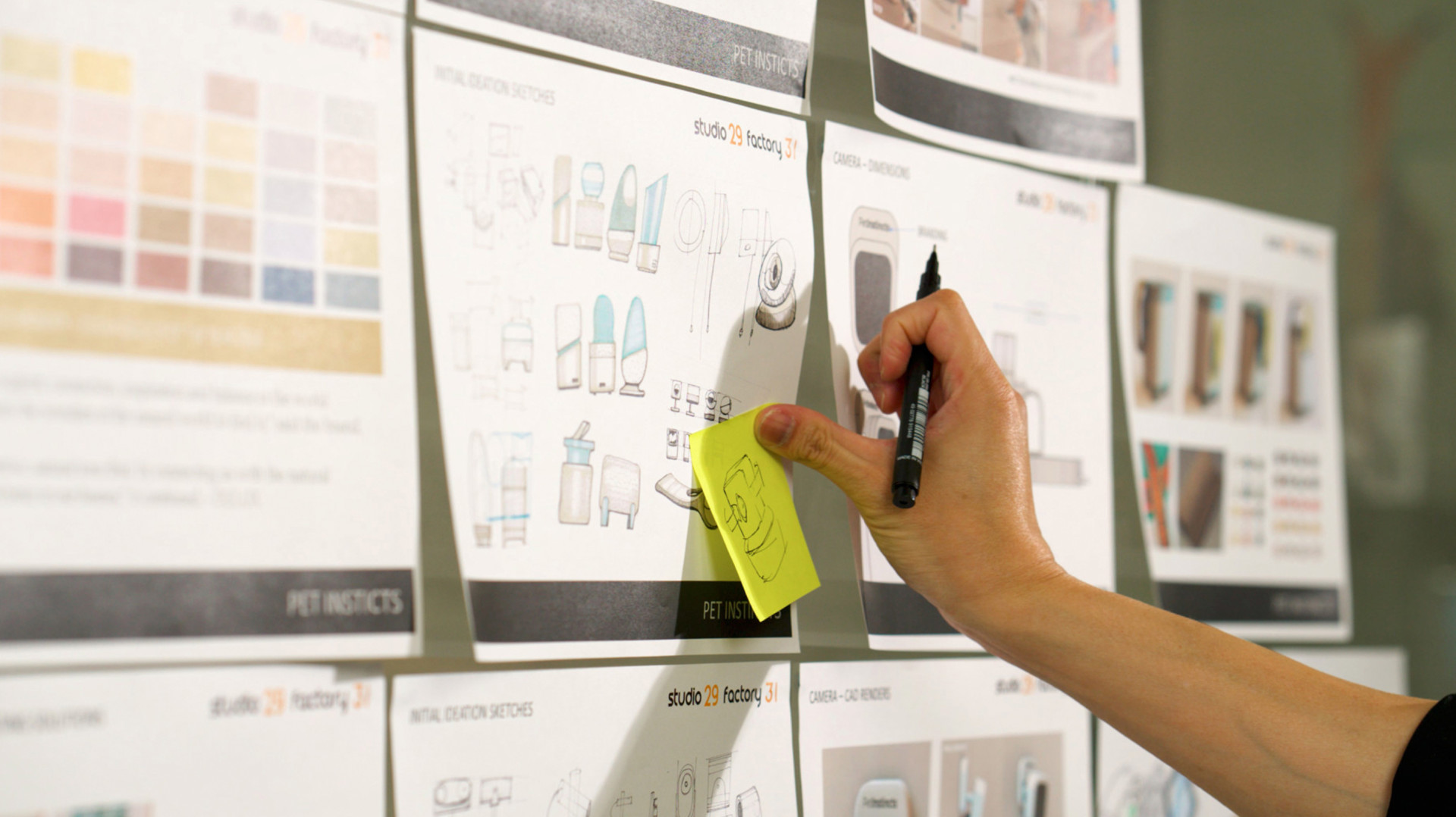The Art and Science of Product Design
In today’s fast-paced market, product design plays a pivotal role in determining the success of a new product. From the initial concept to the final production, product design is both an art and a science, blending creativity with technical expertise to create products that not only meet user needs but also exceed their expectations.
Understanding Product Design
Product design is the process of imagining, creating, and iterating products that solve users’ problems or address specific needs. It involves a broad range of activities, from market research and conceptual sketching to detailed engineering and prototyping. The ultimate goal is to deliver a product that is both functional and aesthetically pleasing.

The Importance of Research
Every great design starts with thorough research. This involves understanding the target market, analyzing competitors, and identifying user needs and preferences. This research phase is crucial because it informs every subsequent step in the design process. By understanding what users want and need, designers can create products that are more likely to succeed in the market.
Ideation and Concept Development
Once the research is complete, the ideation phase begins. This is where creativity comes into play. Designers brainstorm and sketch out various ideas, exploring different concepts and solutions. This phase is about quantity over quality – the goal is to generate as many ideas as possible, which can later be refined and developed.
Prototyping and Testing
Prototyping is a critical step in the product design process. It involves creating a working model of the product to test its functionality and usability. Prototypes can range from simple paper models to fully functional versions of the product. Testing these prototypes with real users provides valuable feedback, which can be used to refine and improve the design.
Design for Manufacturing
A great design is not just about how a product looks and functions – it also needs to be manufacturable. This means considering the materials, production processes, and cost implications of the design. By collaborating with engineers and manufacturers, designers can ensure that their products can be produced efficiently and at a reasonable cost.

The Role of Aesthetics
While functionality is crucial, aesthetics also play a significant role in product design. A visually appealing product can attract customers and differentiate a brand from its competitors. Good design considers the product’s form, color, texture, and overall visual appeal, ensuring that it aligns with the brand’s identity and resonates with the target audience.
Iteration and Refinement
Product design is an iterative process. Based on the feedback from testing, designers continually refine and improve their designs. This may involve making small tweaks or completely rethinking certain aspects of the product. The goal is to create the best possible version of the product before it goes into production.
Final Thoughts
Product design is a complex, multidisciplinary process that requires a balance of creativity, technical knowledge, and user-centric thinking. At Studio 29, we specialize in guiding products from concept to market, ensuring that every design is not only innovative and functional but also manufacturable and market-ready. By understanding the intricacies of product design, companies can create products that truly stand out in the market and meet the evolving needs of their customers.
Whether you’re a startup with a groundbreaking idea or an established company looking to innovate, investing in great product design is essential for success. Let’s turn your vision into reality and create products that make a difference.


